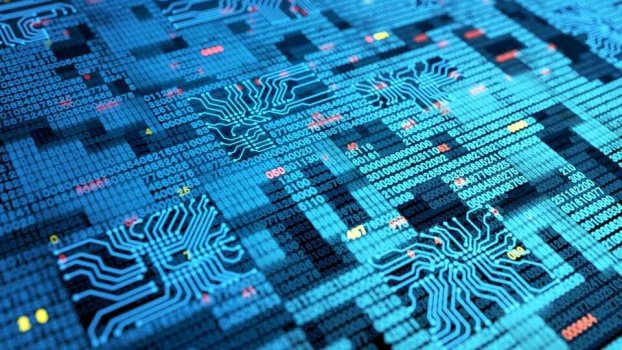Blockchain and digital assets represent a trillion-dollar opportunity, as PwC economists expect blockchain to boost global GDP by $1.76 trillion by 2030. Central banks have embarked on a number of retail and wholesale CBDC projects. And USD stablecoins are already ~6% of USD Currency in circulation (143 billion out of 2.3 trillion).
As CEO of a software consulting, design and engineering firm that has implemented stablecoins and CBDCs for financial institutions in the U.S., Ukraine, Indonesia and Brazil, I’ve seen innovative use cases for digital assets and tokenization. In this article, we’ll cover the key benefits of digital assets and what it means for fintech.
What Is A Token, And What Can Be Tokenized?
A token is a digital asset that resides on an existing blockchain and is used to represent an asset or utility but does not have its own unique blockchain. For example, ERC-20 tokens live on the Ethereum blockchain, deployed by a smart contract, but do not have their own blockchain.
Asset tokenization is the process by which digital tokens are created on a blockchain, representing either digital or physical assets. The real-world assets backed by digital tokens continue to exist “off-chain,” while digital tokens exist on the chain, acting as a store of value and carrying the rights of the assets they represent.
Tokenization can turn almost any asset, either real or virtual, into a digital token as it allows both fractional ownership and proof-of-ownership. Here are some examples.
Continue reading:
https://www.forbes.com/sites/forbestechcouncil/2022/10/05/blockchain-powered-digital-assets-and-what-it-means-for-fintech/?sh=2fa94896312e
As CEO of a software consulting, design and engineering firm that has implemented stablecoins and CBDCs for financial institutions in the U.S., Ukraine, Indonesia and Brazil, I’ve seen innovative use cases for digital assets and tokenization. In this article, we’ll cover the key benefits of digital assets and what it means for fintech.
What Is A Token, And What Can Be Tokenized?
A token is a digital asset that resides on an existing blockchain and is used to represent an asset or utility but does not have its own unique blockchain. For example, ERC-20 tokens live on the Ethereum blockchain, deployed by a smart contract, but do not have their own blockchain.
Asset tokenization is the process by which digital tokens are created on a blockchain, representing either digital or physical assets. The real-world assets backed by digital tokens continue to exist “off-chain,” while digital tokens exist on the chain, acting as a store of value and carrying the rights of the assets they represent.
Tokenization can turn almost any asset, either real or virtual, into a digital token as it allows both fractional ownership and proof-of-ownership. Here are some examples.
Continue reading:
https://www.forbes.com/sites/forbestechcouncil/2022/10/05/blockchain-powered-digital-assets-and-what-it-means-for-fintech/?sh=2fa94896312e

